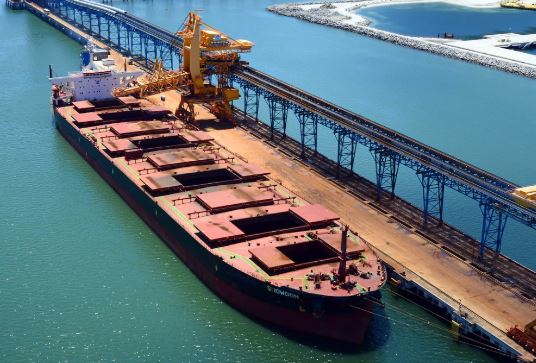Capesize freight rates extended losses from weak physical fundamentals that resulted a selloff in the paper market.
The Capesize 5 time charter average then plunged further by $2,657 day-on-day to $20,709 on Tuesday, following the weak physical market.
The Baltic Dry Index (BDI) then headed south on weakening freight rates and fell by 6.01 % day-on-day or 106 points to 1,659 readings.
More corrections on weak fundamentals
The Atlantic market came under pressure from more ballasters from the Pacific basin, due to softening shipping demand.
The high ballaster list had resulted sharp correction the freight rates out of Brazil, though there was some demand as Vale were heard to fix several vessels for early March laycan.
The Pacific market did not fare better as freight rates continued to head south, despite some moderate shipping demand.
Thus, it was heard that the indicative freight for west coast Australia to Qingdao route was in the range of $6.80-$7.00/wmt.
Bunker prices rebound but fail to support freight market
The bunker prices rebounded from recent losses, as the price of VLSFO rose further by $2/mt to $451.50/mt at the port of Singapore.
However, the firm bunker prices did little to support the falling freight rates which came under pressures from weak fundamentals and bearish market sentiments.
Meanwhile, the marine fuel sales of Chinese ports jumped by almost 31% on-year to 4.04 million mt in 2020 for sales to the international shipment market, according to Argusmedia.
The high sale volumes were in line with rising Chinese fuel oil production, which grew by 37% on-year during the pandemic-hit year.
